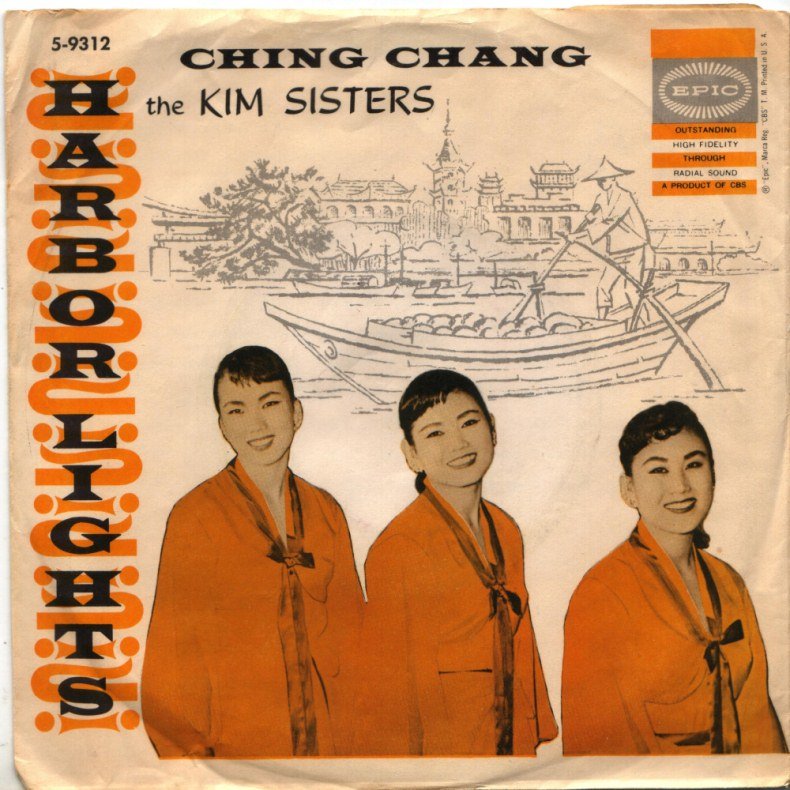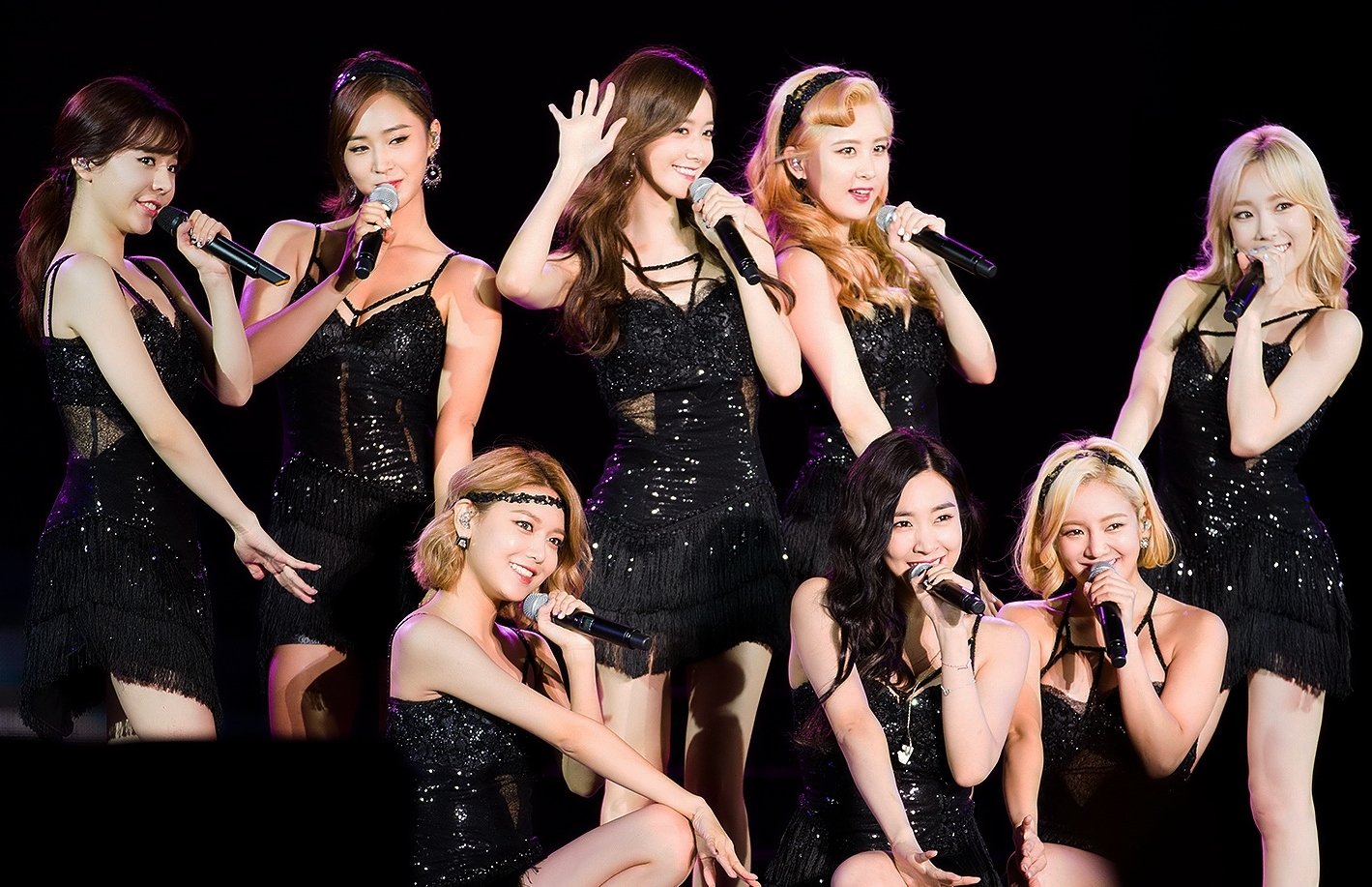What makes K-pop powerful
Written by Lara Dianrama, Divatasya Belinda Rauf, Fany | Read in Indonesian
In these past few years, the world has seen a growing or even booming phenomenon of K-pop. Who doesn’t know the boy band Bangtan Sonyeondan or BTS - who recently won not only one but three categories in the American Music Awards including artist of the year. They wrote the history in the music industry as they became the first-ever Asian act that managed to win the AMAs. Even such an accomplishment is also a little chunk in BTS’ longlist of achievements they have recorded throughout their eight years of career.
However, putting aside their impressive talents and great looks, have you ever thought about what are the reasons behind such success? What exactly makes K-pop this powerful?
K-pop, short for Korean pop, is a genre of music that draws influence from a range of genres, such as pop, R&B, hip hop, rock, electronic and dance. Originating in South Korea, the tunes are inspired by traditional Korean music and the lyrics are mostly in Korean with a touch of English.
Image: First album of Kim Sisters in 1959 from Wikimedia
K-pop may seem like a recent emergence, but in fact, it is not. The genre started back in the 1950s during the Korean War with the Kim Sisters, a Korean born pop trio who didn’t speak English but managed to achieve fame in the US. They are even considered as the first Korean act whose song appears on a Billboard chart.
Fast forward to the 90s, Seo Taiji and Boys is the first music group that inspired the growth of K-pop music and the mega-fandom we have today. Seo Taiji revolutionised Korean pop music by combining the American style with hip hop choreography.
From the 1990s to the early 2000s, the genre evolved and discovered the first generation of K-pop with genre-bending music, attractive performances, flawless appearances and intricate choreography. Some of the stars are H.O.T, Sechs Kies, S.E.S. and Fin.K.L.
The second generation of K-pop started in the early 2000s to 2010s with G.O.D as the most popular music group in the early 2000s, followed by TVXQ, Super Junior, BIG BANG, Girls Generation, 2NEI and Wonder Girls.
The K-pop groups who are dominating the charts today are the third generation. Some of the popular groups that have taken over the music world with no sign of backing off are BTS, BLACKPINK, Seventeen, ITZY and EXO.
At the beginning, K-pop became so popular worldwide because of the Korean wave or known as hallyu. The term hallyu was first used in 2010 by Japanese media after Girl’s Generation’s successful performance at Ariake Coliseum in Tokyo. During its initial stages, K-pop spread only across East, Southeast and South Asia. Then, it evolved into a global phenomenon that began around 2007 as a result of South Korea taking advantage of digital technologies and social media.
Image: Girls Generation
Since the turn of the 21st century, South Korea has emerged as a major exporter of popular culture and tourism; both aspects have become a significant part of its burgeoning economy. The growing popularity of K-pop culture was partly driven by the South Korean government’s support to its creative industries through subsidies and funding for start-ups. In 2014, the South Korean government allocated 1% of its annual budget to cultural industries and raised a $1 billion fund to nurture popular culture.
K-pop labels have also found innovative ways for their marketing strategies to promote their content globally, such as by giving up copyrights and releasing music on YouTube at the same time they become available for purchase. Music videos on YouTube also help K-pop attract fans globally because they are always iconic with eye-pleasing visuals, trendy dance moves and addictive music.
Other ways K-pop idols gain popularity are by working with brands for commercial purposes, such as how BLACKPINK’s Jennie became Chanel’s brand ambassador. They also tap into the movie industries as an actor or actress. For example, Girl’s Day’s Hyeri starred in “Reply 1988” (2015) and Park Hyung Sik starred in “Strong Girl Bong-soon” (2017).
Against this backdrop, most people or even scholars have tried to theorise the global popularity of K-pop, and other than their unique marketing strategies, the dominant explanation points to the role of K-pop fans as well the social media - a space where both the artists and the fans interact with each other.
Few theories such as imagined communities and parasocial relationship theory might help explain this big phenomenon. In fandom culture, everything starts with interaction. Interaction in K-pop fandoms are classified into two groups.
First, the interaction between the fans and the idols they adore. Second, the interaction between fellow fans. The former, however, could be referred to as parasocial interactions. Parasocial interactions may lead to the so-called parasocial relationship - a concept that refers to an illusionary experience experienced by the audience due to their encounter with media personalities.
The audience will feel or think that they form a reciprocal relationship with such personas, when in fact, they are not. This might be the answer to the question about how and why K-pop fans could be so loyal to their idols.
Twitter became popular in South Korea in 2010. This particular year also marked the beginning of K-pop growth on Twitter. Until today, K-pop fans on Twitter is the largest shared-interest community. Through Twitter, artists can engage with their fans, and fans can interact with each other.
BTS has a huge impact on K-pop’s growth on Twitter. The group has started to interact with their fans even before their official debut in 2013. That approach became a how-to for new K-pop artists to get popular faster.
As fans use social media to get more connected with their favourite K-pop artists, they will support and spread the fandom culture. For example, on 21 May 2021, BTS released a single called “Butter”. The single received more than 108 million views on YouTube in the first 24 hours. BTS fandom, ARMY, even tweeted about the single more than 31 million times on the release day.
The power of K-pop fans extend beyond the music industry. They have started to support digital activism. Philanthropy, a desire to promote the welfare of others, is an important part of K-pop fans. Many fan clubs raise funds to support charities.
When BTS and Big Hit Entertainment (now Hybe) donated $1 million to support Black Lives Matter, Army got inspired and set the #MatchAMillion goal on 6 June 2020. One day after, they made it happen and the donations surpassed $1 million, according to fan collective and charity project One In An ARMY’s donation tracker.
Even without a leader, K-pop fans are very dedicated and organised. They know how to reach each other, set goals and achieve them. Not to mention the influence on different facets of life. One of them is politics.
In June 2020, K-pop fans claimed tickets to Donald Trump’s rally in Tulsa, Oklahoma. As a part of coordinated effort, they didn’t use them and made hundreds of seats empty in a 19,000-capacity venue. The scheme was amplified on Twitter and TikTok.
The most important factor of what makes K-pop fans powerful is perhaps the purchasing power. Fans are willing to spend money on merchandise or clothes their idols wear. For instance, BTS meals, a collaboration between BTS and McDonald’s, helped boost McDonald’s worldwide sales by 41% in the second quarter of 2021. K-pop fans who have buying power are mostly adults starting from 20 years old. The age range of K-pop fans starts from teenagers aged 13.
On the other hand, K-pop fans have the power to cancel someone or people, which could result in online bullying and harassment. K-pop fans could ostracise an idol or group due to a situation they dislike or disagree with. Na Jaemin of NCT Dream was a victim to this back in May 2020.
During an episode of NCT’s Haechan Radio, Jaemin mispronounced a word which stirred controversy. The word choice was “"저능" (pronounced "jeo-neung"), which translates to having lower mental capability compared to an average person, either born with such a condition or developing it through an illness. The word can considered similar to the denigrating English term "retarded". This created a significant impact on his image and fans demanded the group to apologise through the hashtag #DREAMAPOLOGIZE on Twitter.
Selective exposure theory is another theory that could explain the K-pop phenomenon. It is a psychological theory often used in media communication that involves individuals’ tendencies to favour information which reinforces their pre-existing views while avoiding contradictory information.
Nevertheless, K-pop fans still play a significant role in the successful phenomenon of K-pop worldwide. Since 2018, K-pop has no longer been considered as a “potential”. Instead, it has become a “power player” as they experience a 17.9% increase in revenue growth.
According to the International Federation of the Phonographic Industry’s “Global Music Report 2019”, BTS and BLACKPINK were the artists leading the market growth. In 2020, K-pop broke the record by experiencing a 44.8% growth and positioned itself as the fastest growing market of the year.
Hence, it is safe to say that the K-pop industry and the K-Pop phenomenon will continue and keep growing over the years.















